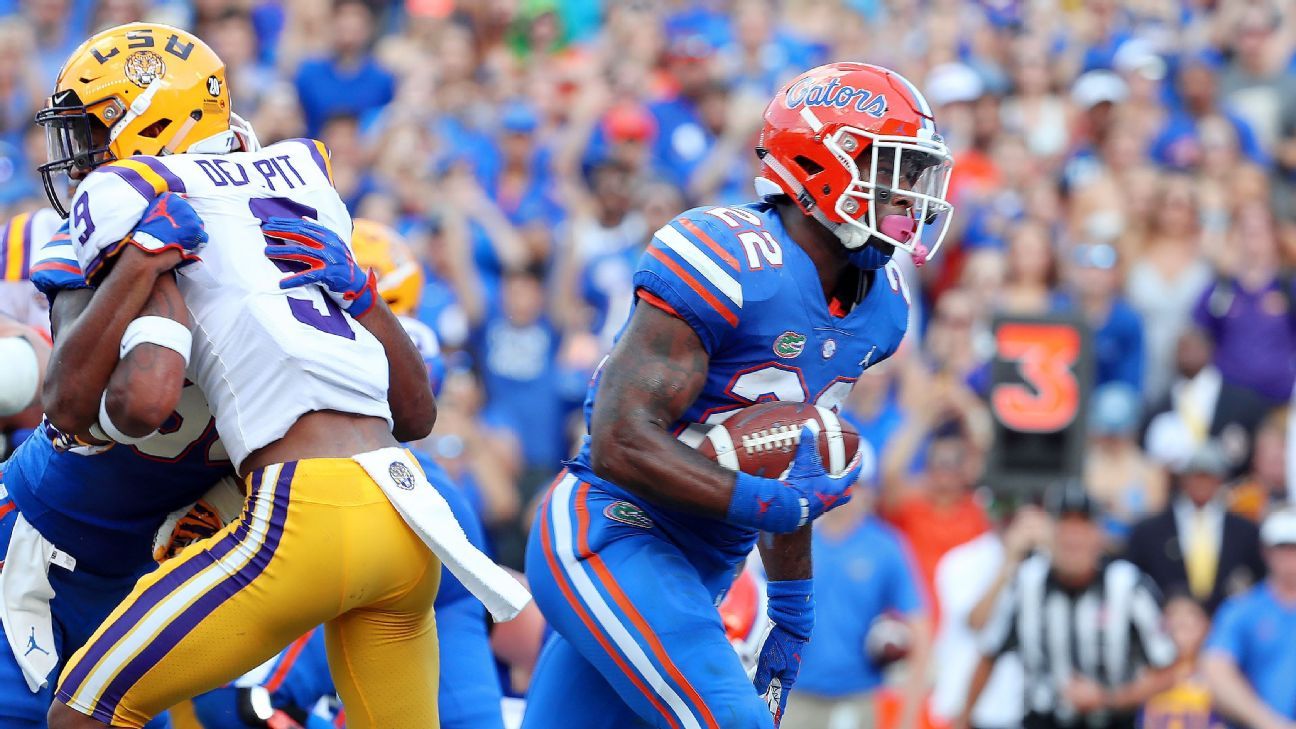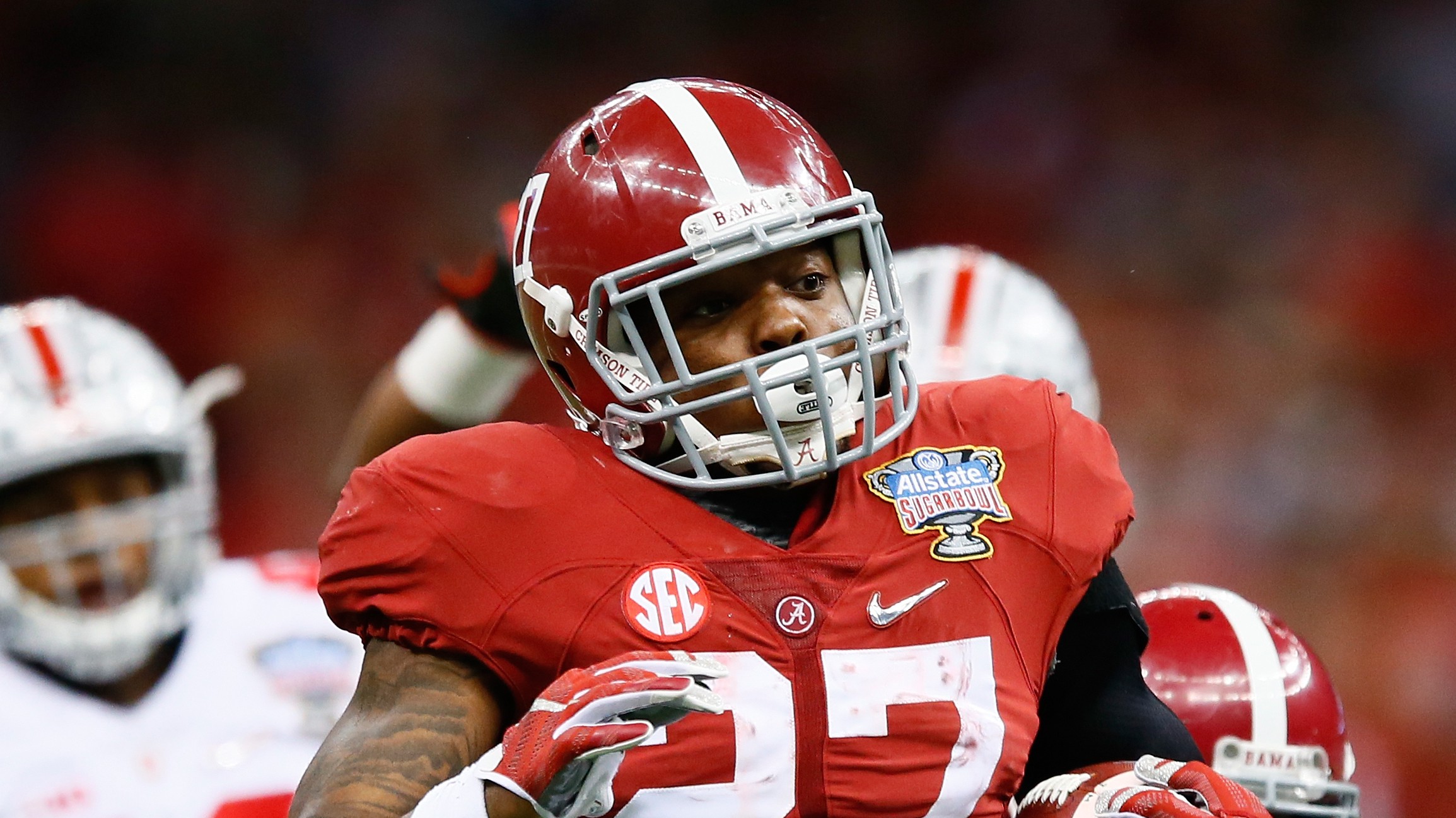College Football Line Changes

- College Football Line Usa Today
- College Football Line Changes Today
- College Football Line Changes 2019
Ok, so we have worked to explain some of the basics of football. The most important part of football is whoever has the ball is always trying to move the ball towards the goal/end zone in order to score points. So why is it there are times when the guy who receives the ball is content to just put his knee on the ground and stop where he is? Well, there are many times this is the ‘best’ strategy. One of those times is called a touchback. What is a touchback?
In simple terms, a touchback happens when there is a change of possession and the team who receives the ball is in the other team’s end zone. This can occur during a kickoff, punt, fumble or interception. The ball (and the player) has to be ruled down in the end zone in order for it to be considered a touchback so the player will often times put his knee on the ground to signal he wants a touchback (if he is not already on the ground as would likely occur on an interception of fumble recovery).
Our San Jose State depth chart is reserved for RotoWire subscribers. College football odds and football betting lines updated multiple times daily. Includes updated point spreads, money lines, and totals lines. As the rules changes after the 1932 playoff game show, the NFL has championed changes that promote more scoring and more exciting plays. In the 1930s, leaders of the still-young league wanted to make the professional game more entertaining in the hopes that its popularity would surpass that of college football. College football line changes for Week 6. The Daily Line tries to guess how the betting lines have changed since the start of the season for three key college games this weekend.
Touchback in the NFL/Professional Football –
If the touchback occurs after a kick-off or a free kick (after a safety), then the ball is placed on the 25 yard line. If the touchback occurs after an interception, punt or fumble, the ball moves to the 20 yard line. The team who received the ball in these situations is then able to have their offense come on the field and start their drive towards the goal.
New rule in 2018-19 – a new rule started in 2018-19 season, also treats a fair catch within the last 25 yards as a touchback and also places the ball on the 25 yard line.
College Football Line Usa Today
Touchback in the NCAA/College Football –
If the touchback occurs after a kick-off or a free kick (after a safety), then the ball is placed on the 25 yard line. If the touchback occurs after an interception, punt or fumble, the ball moves to the 20 yard line. The team who received the ball in these situations is then able to have their offense come on the field and start their drive towards the goal.
Take a Knee
So, why ‘take a knee’ instead of running the ball after one of these situations down the field towards the goal? Well, the player has to make a split second decision and ‘guess’ how far he thinks he will make it prior to being tackled. If he thinks he won’t make it 20 yards (or 25 on a kick-off), he is making the best decision for his team to take a knee and the touchback.
Related Articles

ESPN Chalk »
College Football Line Changes Today
| Daily Lines | |||||||||||||||
| BetStars | DraftKings | Caesars (Pennsylvania) | Caesars (New Jersey) - Live Odds | William Hill (New Jersey) | William Hill (New Jersey) - Live Odds | MGM | PointsBet | PaddyPowerIT | BetfairSportsbook | Bet365 | Caesars | William Hill | SugarHouse (New Jersey) | Unibet | Betradar |
| Daily lines are currently unavailable. | |||||||||||||||
- Point Spread: Also known as the line or spread, it is a number chosen by Las Vegas and overseas oddsmakers that will encourage an equal number of people to wager on the underdog as on the favorite. If fans believe that Team A is two touchdowns better than Team B, they may bet them as 14-point favorites. In a point spread, the negative value (-14) indicates the favorite and the positive value (+14) indicates the underdog. Betting a -14 favorite means the team must win by at least 15 points to cover the point spread. The +14 underdog team can lose by 13 points and still cover the spread. Notice as well a moneyline value connected with the spread (such as -14, -115). This is known as the vig or juice and is the percentage commission paid to the sportsbook to handle the bet. It means you have to risk $115 to win $100. The underdog may see a value such as +14, +105. This means you risk $100 to win $105 if your team covers the spread.
College Football Line Changes 2019

- Total: Widely known as over/unders, it is basically a wager on whether the total points scored by both teams combined will be under or over a certain number. If that number is 52.5, you need 52 points or less to win an under bet (example 30-17 final = 47 points which is under 52.5) and 53 points or more to win over (example a 40-21 final = 61 points which is over 52.5).
- Money Line: Usually reserved for baseball and hockey wagering in the old days, college football moneylines have grown in popularity. There is no spread, so your team just has to win the game, not win by a certain number of points. Like the spread, a negative value means a favorite (-180) and a positive value indicates a dog (+160). Picture the number 100 sitting in the middle of these two values. Example: if you want to back a -180 favorite, you risk $180 to win $100. On the +160 dog, you risk $100 and win $160 if the underdog wins.